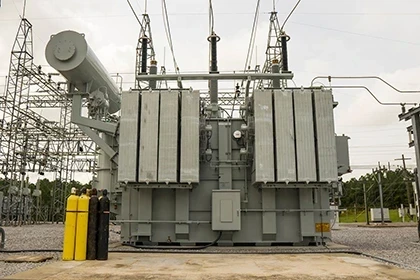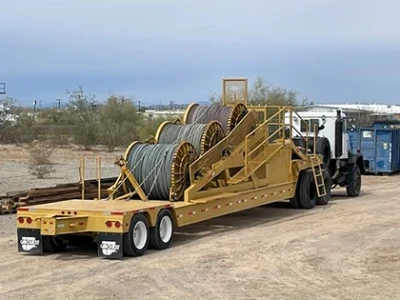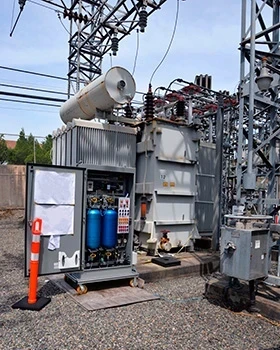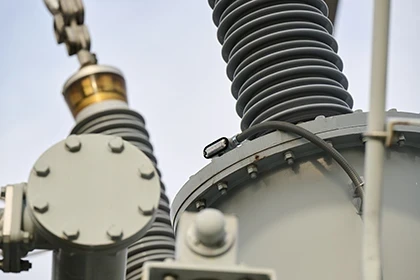Power Utility Replaces Aging Transformers with Customized, Drop-in Units

As aging transformers at generation facilities near end-of-life cycles, a number of potentially dangerous events can come into play when it comes to aging transformers – in addition to untimely power outages and costly repairs.
Because many transformers are exposed to dust and high operating temperatures, over time they incur such problems as clogged air inlets, clogged cooling ducts, and deterioration of winding insulation, all of which can degrade capacity. If a transformer is operating under such conditions - particularly operating at or above its rated load - unexpected outages can occur.
Among the more catastrophic of those events are explosions, fires and meltdowns that result in immediate outages, plus risk of worker safety, fines, security lapses and community ire. Occasionally, such events occur because of failure of the transformer lightning arrester, or an inadequate fire protection system.
More often, problems due to end-of-life cycles for high voltage transformers stem from transient over voltage switching surges or surges due to degraded insulation of coil windings.
“Insulation breakdown in aging transformers often results due to high heat, which is one of the biggest enemies of aging transformers, as well as over voltage and high current loads above the rated values,” according to Alan Ober, Vice President Engineering and Manufacturing a transformer manufacturer and service provider ELSCO (Cincinnati, OH).
“Over a 20-year period insulation can deteriorate to the point where the coil windings are exposed to moisture, dust - which leads to tracking, flash over to ground of the winding turns, and resulting short circuits.”
Such was the case at Avista Corporation’s Kettle Falls Generating Station in northeastern Washington State. Built in 1983, the Kettle Falls plant was the first utility-owned electric generating station of its kind in the U.S. constructed for the sole purpose of producing electricity from wood waste, or biomass, making it a major contributor to Avista becoming one of the greenest utilities in the country.
The Kettle Falls 60 MW (megawatt) station utilizes a variety of wet-type transformers for its power transmission functions, but also uses four dry-type transformers inside its plants to run motors for pumps, evaporators, pollution control systems, and clean air filtration systems.









